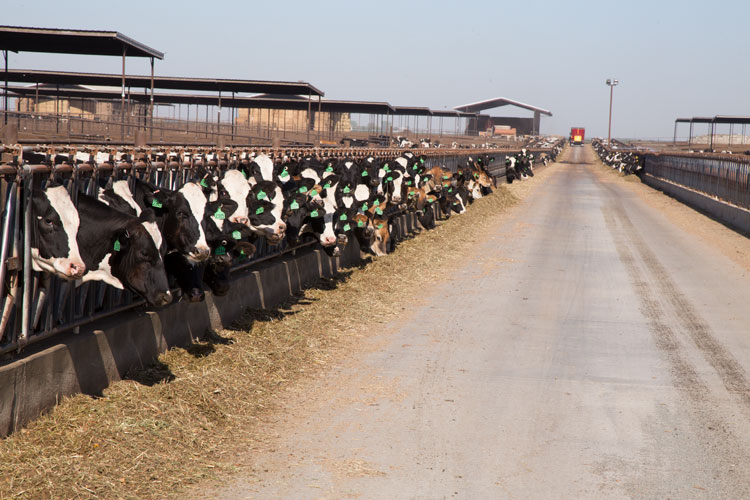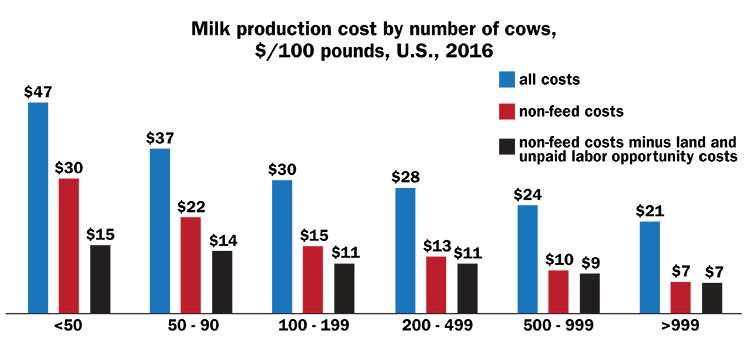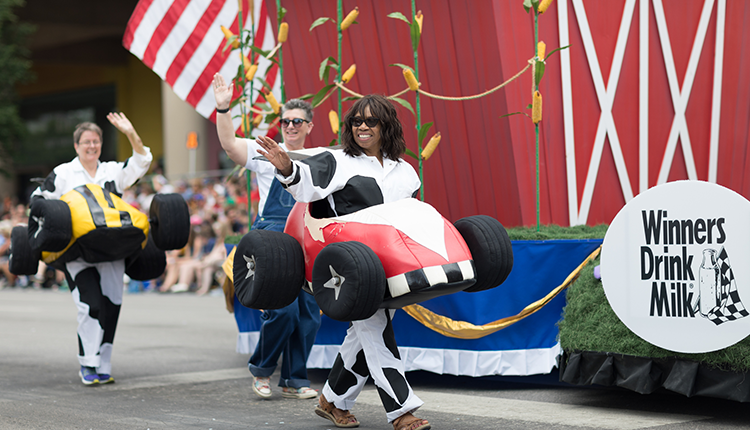
It’s not fair to say that “big farms” are bad and “small farms” are good, or that farms milking more cows are better than those with fewer cows.
What we can say, though, is that on average, larger herds are able to produce milk less expensively than smaller ones.
Ohio State University’s Carl Zulauf evaluated USDA’s “Cost of production” data to estimate the price to produce 100 pounds of milk among different herd sizes. He found that it cost farms with fewer than 50 cows $47 per hundredweight to make milk. Meanwhile, herds with more than 1,000 cows could make 100 pounds of milk for $21, or 55 percent less than those smallest farms.

Nonfeed expenses represented a majority, 86 percent, of the cost advantage between the biggest and smallest farms. Even if the opportunity cost of unpaid labor and land are removed, economies of size remain as an advantage for larger herds.
Using the USDA data, the average net return above costs was negative over the 2012 to 2016 time period for all farms surveyed. The largest herd category, farms with over 1,000 cows, was only negative by 46 cents per hundredweight. As herd size shrunk, though, net returns grew even more negative. Farms with under 50 cows had a net return above all costs of -$24.71.
With such vast differences in cost of production and the advantages that come with economies of scale, it may be unfair to lump all farms together when it comes to creating dairy policy. This point is certainly something to be considered as work begins on the new farm bill.
Learn more by reading Zulauf’s article, “Economies of size in producing milk and U.S. dairy policy: A key relationship,” which appeared on the University of Illinois’ Farmdoc Daily website.
To comment, email your remarks to intel@hoards.com.
© Hoard's Dairyman Intel 2017
June 5, 2017








